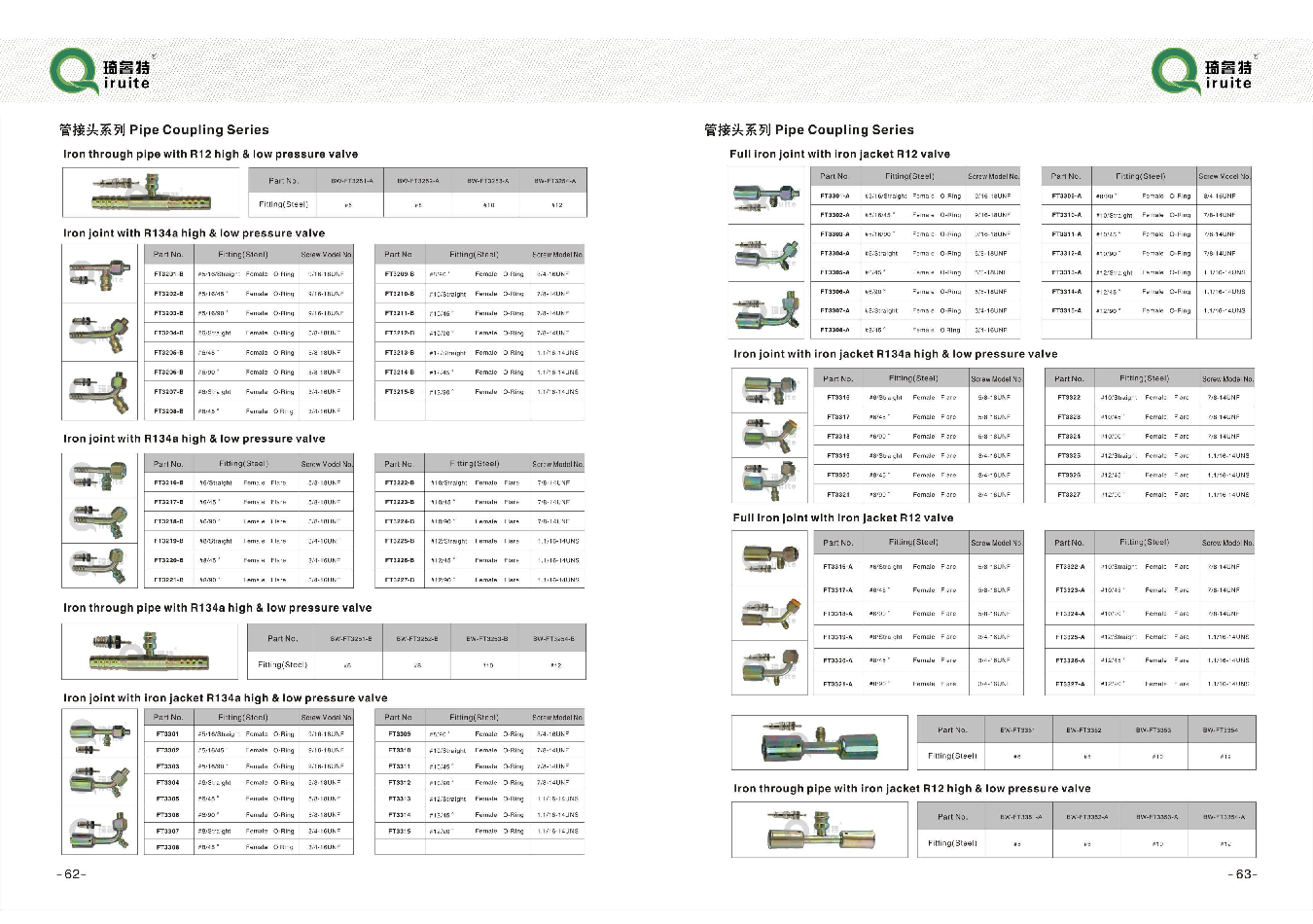Exploring the Impact of Coupling Techniques on the Performance of Pipe Fittings in Plumbing Systems
Coupling in Pipe Fittings An Essential Component for Fluid Mechanics
In the realm of fluid mechanics and plumbing systems, coupling plays a pivotal role in ensuring seamless connections between various pipe sections. As simple as it may seem, couplings are essential components in maintaining the integrity and functionality of piping networks. This article delves into the significance of couplings in pipe fittings, their types, applications, and best practices.
Understanding Pipe Couplings
At its core, a coupling is a fitting that connects two segments of pipe, allowing for the flow of fluids while maintaining pressure and direction. Couplings can accommodate different materials and diameters, providing versatility in the design and installation of piping systems. They serve as the foundation for many plumbing, heating, and irrigation systems, and are critical in applications ranging from residential plumbing to large-scale industrial operations.
Types of Pipe Couplings
1. Rigid Couplings These are designed to connect two pipes in a fixed position. Rigid couplings do not allow for any movement or flex, making them suitable for applications where stability is paramount. They are often used in straight runs of piping to ensure secure and leak-free connections.
2. Flexible Couplings Unlike rigid couplings, flexible couplings accommodate movement between connected pipes due to thermal expansion, vibration, or minor misalignments. They are primarily used in situations where pipes may shift, such as in seismic-prone areas or in systems with high fluid pressure changes.
3. Compression Couplings These fittings compress the pipe ends, allowing for a tight seal without needing special tools for installation. Compression couplings are particularly useful in repairs and in systems where quick modifications are necessary.
4. End Caps and Adapters While not couplings in the traditional sense, these fittings serve to terminate or transition between pipes of different sizes or materials. End caps seal the end of a pipe, while adapters connect dissimilar pipes.
Applications of Couplings
Couplings are used across various industries, highlighting their versatility and importance
coupling in pipe fittings

- Plumbing In residential and commercial plumbing, couplings install fittings, repairs, and extensions. - Oil and Gas In the energy sector, robust couplings connect pipes in drilling and extraction operations, ensuring proper flow under high pressure.
- Waterworks Municipal water systems utilize couplings to manage connections between various pipe materials and sizes
.- HVAC Systems In heating, ventilation, and air conditioning systems, flexible couplings are critical for isolating vibrations and minimizing noise.
Best Practices for Coupling Installation
To ensure optimal performance and longevity of pipe coupling systems, several best practices should be followed
- Use the Right Type Select the appropriate coupling type based on the application's requirements and the materials involved.
- Proper Alignment Ensure that pipes are properly aligned before installing couplings to prevent undue stress that may lead to leaks or failures.
- Regular Inspections Conduct routine inspections on couplings, especially in high-pressure applications, to detect wear or damage early and prevent catastrophic failures.
- Follow Manufacturer Guidelines Adhering to the manufacturer's specifications for torque, installation methods, and maintenance ensures the reliability of the coupling.
Conclusion
Couplings may be small components in the grand scheme of pipe fittings, but their importance cannot be overstated. They are essential for allowing fluid flow, accommodating movement, and maintaining the integrity of piping systems. By understanding the different types and applications of couplings, along with adhering to best practices during installation and maintenance, we can ensure the efficiency and reliability of our fluid transport systems across various industries.
-
Ultimate Spiral Protection for Hoses & CablesNewsJun.26,2025
-
The Ultimate Quick-Connect Solutions for Every NeedNewsJun.26,2025
-
SAE J1401 Brake Hose: Reliable Choice for Safe BrakingNewsJun.26,2025
-
Reliable J2064 A/C Hoses for Real-World Cooling NeedsNewsJun.26,2025
-
Heavy-Duty Sewer Jetting Hoses Built to LastNewsJun.26,2025
-
Fix Power Steering Tube Leaks Fast – Durable & Affordable SolutionNewsJun.26,2025

